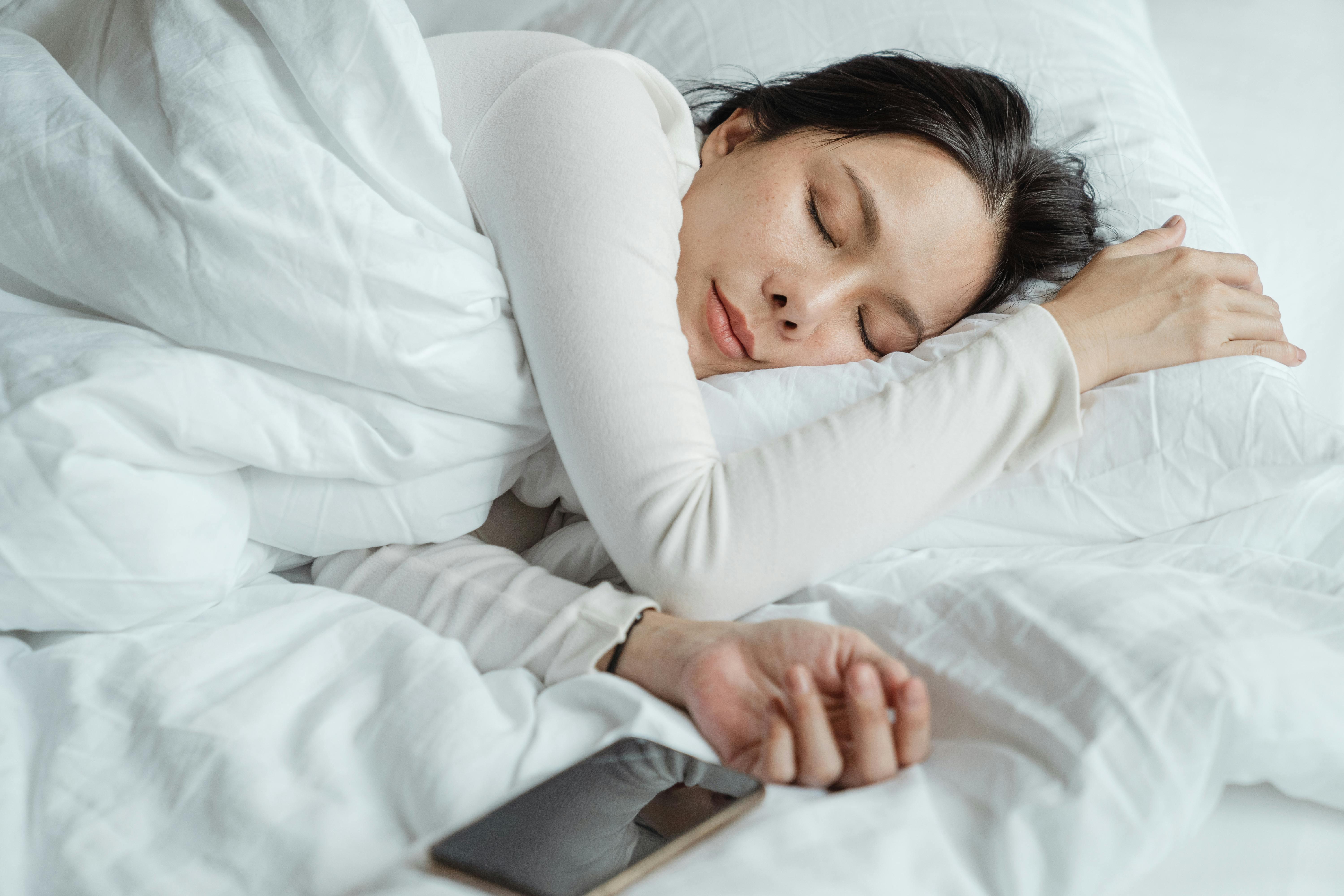Sleep Aid Devices
In today's fast-paced world, many individuals struggle to achieve restful sleep. Sleep aid devices have emerged as innovative solutions to address various sleep-related issues. This article explores the different types of sleep aid devices available, their benefits, and how they can improve sleep quality.

What are sleep aid devices?
Sleep aid devices are tools or gadgets designed to help people fall asleep faster, stay asleep longer, or improve the overall quality of their sleep. These devices range from simple white noise machines to more advanced technology-driven solutions. Sleep aid devices aim to create optimal conditions for sleep by addressing common issues such as noise disturbances, light pollution, or difficulty relaxing.
How do sleep aid devices work?
Sleep aid devices work by targeting different aspects of the sleep environment or physiological processes that influence sleep. Some devices focus on creating a soothing atmosphere by generating calming sounds or blocking out disruptive noises. Others may use light therapy to regulate the body’s natural sleep-wake cycle. Advanced sleep aid devices might employ techniques like gentle vibrations or temperature regulation to promote relaxation and improve sleep quality.
What types of sleep aid devices are available?
There are numerous sleep aid devices available on the market, catering to various sleep-related needs. Here are some popular categories:
-
White noise machines: These devices produce a constant, soothing background sound to mask disruptive noises and create a more conducive sleep environment.
-
Light therapy devices: These gadgets emit specific wavelengths of light to help regulate the body’s circadian rhythm and improve sleep patterns.
-
Sleep tracking devices: Wearable or bedside devices that monitor sleep patterns, providing data on sleep duration, quality, and cycles.
-
Smart pillows: Pillows equipped with features like built-in speakers, cooling technology, or adjustable firmness to enhance sleep comfort.
-
Weighted blankets: Heavy blankets designed to provide a calming, deep-pressure sensation that may reduce anxiety and promote better sleep.
-
Sleep apps: While not physical devices, smartphone applications can offer guided meditation, sleep sounds, or sleep tracking features to aid in better rest.
Are sleep aid devices effective?
The effectiveness of sleep aid devices can vary depending on individual needs and preferences. Some people find significant improvements in their sleep quality when using these devices, while others may experience minimal benefits. It’s important to note that sleep aid devices are not a one-size-fits-all solution and may work differently for each person.
Research on the efficacy of sleep aid devices is ongoing, with some studies showing promising results for certain types of devices. For example, white noise machines have been found to help some individuals fall asleep faster and stay asleep longer. Light therapy devices have shown potential in helping regulate sleep patterns for those with circadian rhythm disorders.
How to choose the right sleep aid device
Selecting the appropriate sleep aid device depends on several factors:
-
Identify your specific sleep issues: Determine whether you have trouble falling asleep, staying asleep, or maintaining a consistent sleep schedule.
-
Consider your sleep environment: Assess factors like noise levels, light exposure, and temperature in your bedroom.
-
Personal preferences: Some people may prefer certain types of sounds or sensations over others.
-
Budget: Sleep aid devices range from affordable to high-end options, so consider what fits within your financial means.
-
User reviews and recommendations: Research customer experiences and expert opinions to gauge the effectiveness of different devices.
-
Consult a healthcare professional: If you have persistent sleep issues, it’s advisable to speak with a doctor or sleep specialist before investing in a sleep aid device.
Popular sleep aid devices and their features
| Device Type | Example Product | Key Features | Estimated Price Range |
|---|---|---|---|
| White Noise Machine | LectroFan Evo | 22 sound options, timer function | $40 - $60 |
| Light Therapy Lamp | Philips GoLite BLU Energy Light | Compact design, adjustable light intensity | $100 - $150 |
| Sleep Tracker | Withings Sleep | Under-mattress placement, sleep cycle analysis | $80 - $100 |
| Smart Pillow | ZEEQ Smart Pillow | Built-in speakers, snore detection | $150 - $200 |
| Weighted Blanket | Gravity Blanket | Various weight options, breathable fabric | $150 - $250 |
Prices, rates, or cost estimates mentioned in this article are based on the latest available information but may change over time. Independent research is advised before making financial decisions.
Conclusion
Sleep aid devices offer a range of options for individuals seeking to improve their sleep quality. From simple white noise machines to advanced smart pillows, these devices aim to create optimal conditions for restful sleep. While their effectiveness can vary, many users find sleep aid devices helpful in addressing specific sleep-related issues. When considering a sleep aid device, it’s essential to identify your specific needs, research available options, and consult with healthcare professionals if necessary to find the most suitable solution for better sleep.
This article is for informational purposes only and should not be considered medical advice. Please consult a qualified healthcare professional for personalized guidance and treatment.




